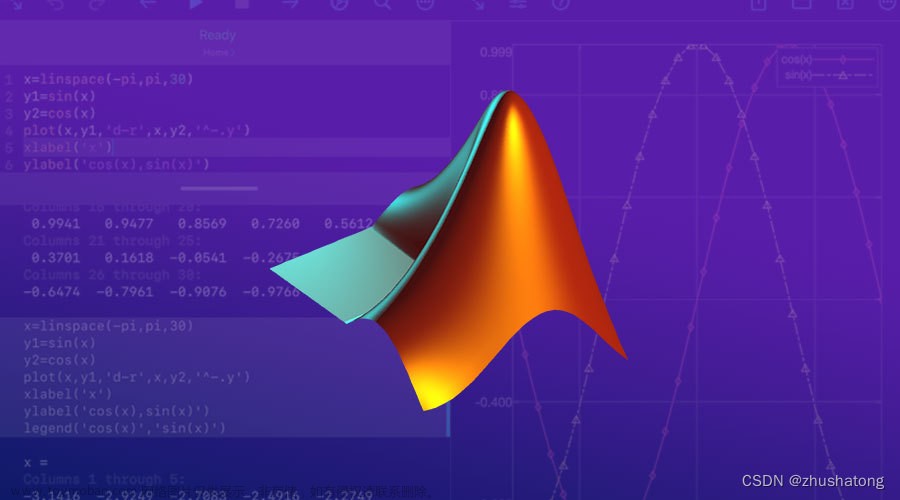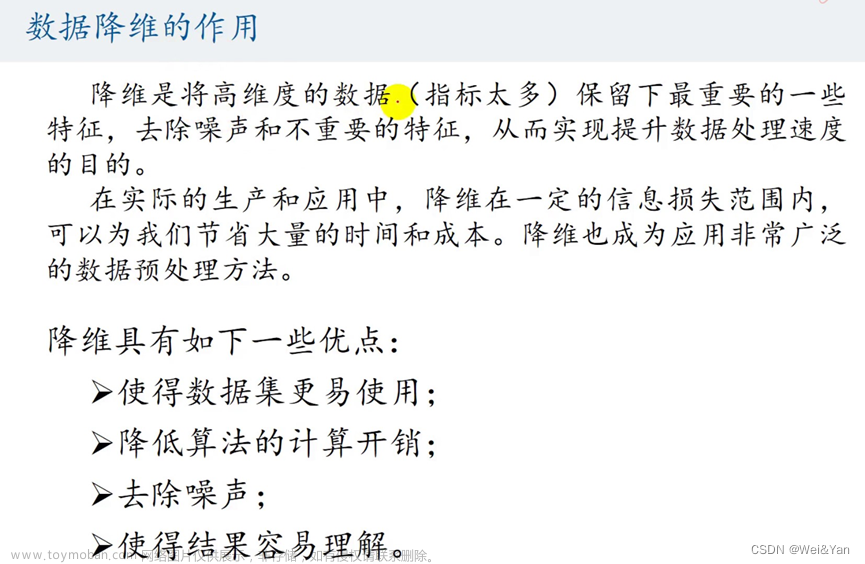其他的不用多说,能找到这篇博客说明读者已经基本了解了一、二阶灵敏度的定义是啥,但苦于其他博客的博大精深,很难用python代码写出自己模型的灵敏度测试。
这里直接给出代码,读者只需要修改模型的函数表达式即可。
from SALib.sample import saltelli
from SALib.analyze import sobol
from pylab import *
import matplotlib.pyplot as plt
import pandas as pd
mpl.rcParams['font.sans-serif'] = ['SimHei'] # 修复中文乱码
plt.rcParams['axes.unicode_minus'] = False # 用来正常显示负号
np.seterr(divide='ignore', invalid='ignore') # 消除被除数为0的警告
# 上面不用管
problem = {
'num_vars': 4, # 模型变量的数量
'names': ['T', 'PT', 'Pr', 'i'], # 模型的变量
'bounds': [[2000, 10000],
[0, 0.2],
[0.1, 0.5],
[1, 30],
] # 指定变量的范围,一一对应
}
def evaluate(xx): # 进行灵敏度分析的模型
return np.array([x[0] * np.power(1 - (1 - np.power(1 - x[1], 1.4263 * np.power(x[1], -0.426))) * x[2],
x[3] - 1) * np.power(x[1], 0.426) / 1.4263 * 5 + x[0] * np.power(
1 - (1 - np.power(1 - x[1], 1.4263 * np.power(x[1], -0.426))) * x[2], x[3] - 1) * (
1 - np.power(1 - x[1], 1.4263 * np.power(x[1], -0.426))) * 16 for x in xx])
'''
注意返回的是np.array([function for x in X]) function是函数表达式
比如function(T,PT,Pr,i)=T+PT+Pr+i 那么function就写成x[0]+x[1]+x[2]+x[3]
很显然,一一对应定义模型中的变量,注意列表下标从0开始
'''
# 下面不用管
samples = 128
param_values = saltelli.sample(problem, samples)
print('模型运行次数', len(param_values))
Y = evaluate(param_values)
Si = sobol.analyze(problem, Y)
print()
print('ST:', Si['ST']) # 总灵敏度
print('S1:', Si['S1']) # 一阶灵敏度
print("S2 Parameter:", Si['S2'][0, 1]) # 二阶灵敏度
# 一阶灵敏度与总灵敏度图片
df_sensitivity = pd.DataFrame({
"Parameter": problem["names"],
"一阶灵敏度": Si["S1"],
"总灵敏度": Si["ST"]}
).set_index("Parameter")
fig, axes = plt.subplots(figsize=(10, 6))
df_sensitivity.plot(kind="bar", ax=axes, rot=45, fontsize=16)
# 二阶灵敏度图片
second_order = np.array(Si['S2'])
pd.DataFrame(second_order, index=problem["names"], columns=problem["names"])
figs, axes = plt.subplots(figsize=(8, 10))
ax_image = axes.matshow(second_order, vmin=-1.0, vmax=1.0, cmap="RdYlBu")
cbar = figs.colorbar(ax_image)
ax_image.axes.set_xticks(range(len(problem["names"])))
ax_image.axes.set_xticklabels(problem["names"], rotation=45, fontsize=24)
r = ax_image.axes.set_yticklabels([""] + problem["names"], fontsize=24)
plt.show()
读者只需要修改
problem = {
'num_vars': 4, # 模型变量的数量
'names': ['T', 'PT', 'Pr', 'i'], # 模型的变量
'bounds': [[2000, 10000],
[0, 0.2],
[0.1, 0.5],
[1, 30],
] # 指定变量的范围,一一对应
}
def evaluate(xx): # 进行灵敏度分析的模型
return np.array([x[0] * np.power(1 - (1 - np.power(1 - x[1], 1.4263 * np.power(x[1], -0.426))) * x[2],
x[3] - 1) * np.power(x[1], 0.426) / 1.4263 * 5 + x[0] * np.power(
1 - (1 - np.power(1 - x[1], 1.4263 * np.power(x[1], -0.426))) * x[2], x[3] - 1) * (
1 - np.power(1 - x[1], 1.4263 * np.power(x[1], -0.426))) * 16 for x in xx])
具体的含义注释已经给出了,需要注意的是,这个代码仅适用于有明确函数表达式的(单个)、多参数的模型,类似于规划问题之类的约束模型不太适用(我太菜了不会写)文章来源:https://www.toymoban.com/news/detail-516607.html
不要忘记修改模型变量的数量文章来源地址https://www.toymoban.com/news/detail-516607.html
到了这里,关于数学建模灵敏性分析(一阶、二阶灵敏度)python代码+懒人专用版的文章就介绍完了。如果您还想了解更多内容,请在右上角搜索TOY模板网以前的文章或继续浏览下面的相关文章,希望大家以后多多支持TOY模板网!










